Most popular
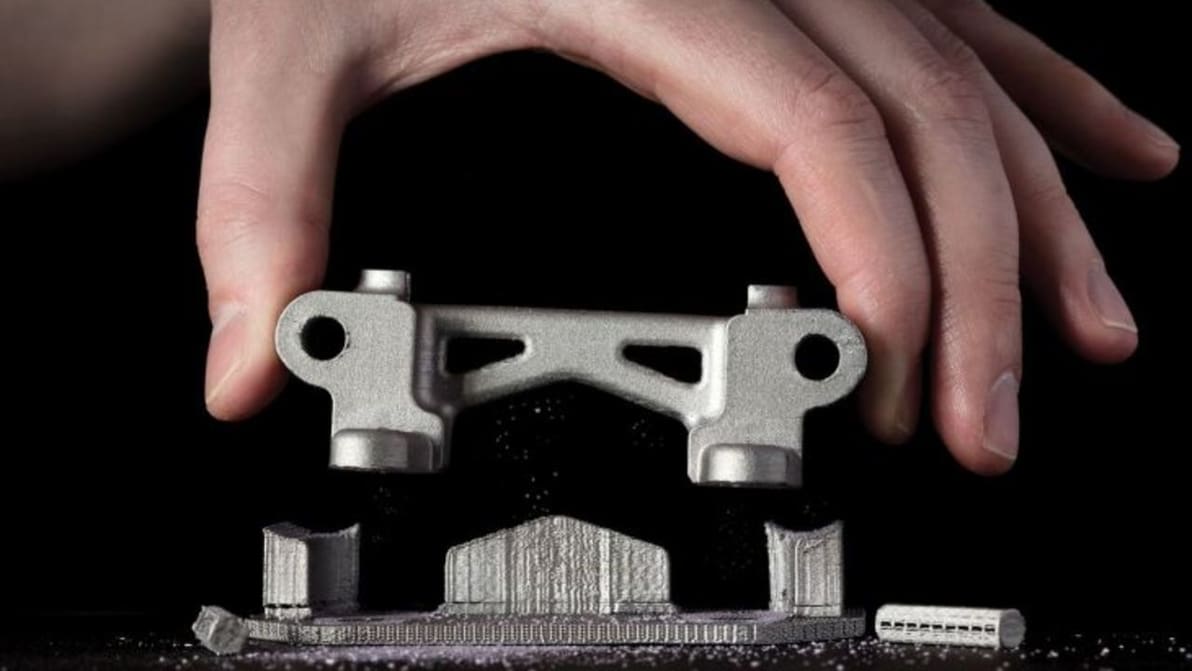
The future of 3D printing is bright, with several high stakes players entering the scene. People are looking to solve some very specific, challenging problems with creative innovations. Here are a handful of them.
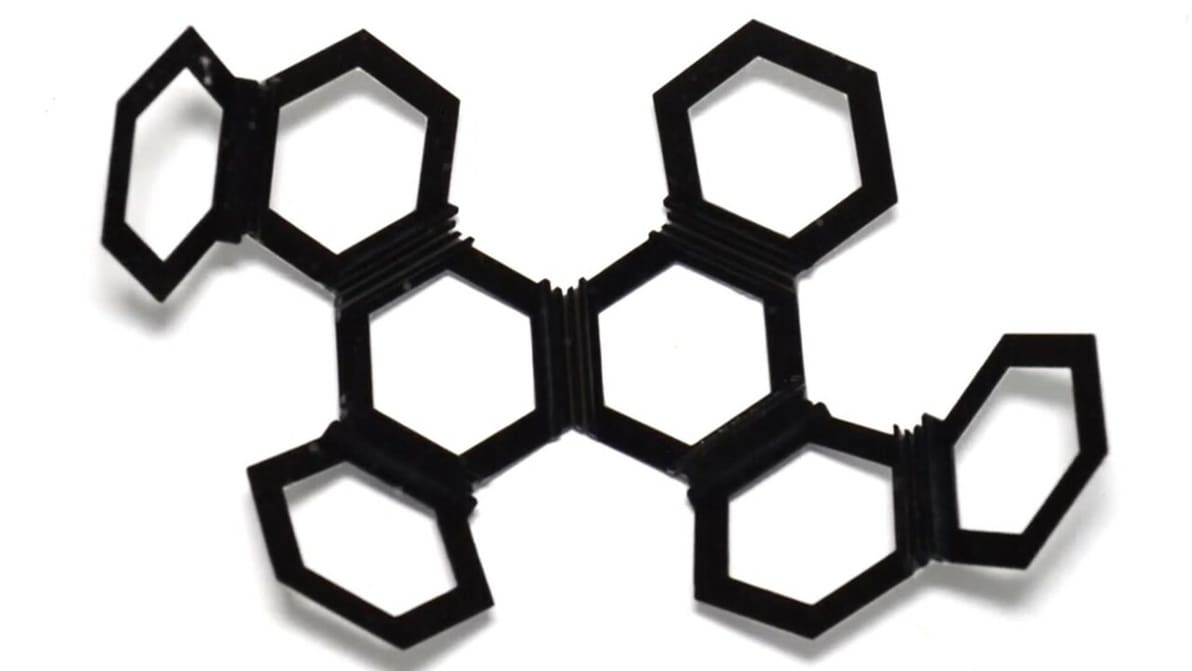
If you're wondering what is 4D printing, the key is time. Read on and enter the fourth dimension of 3D printing!
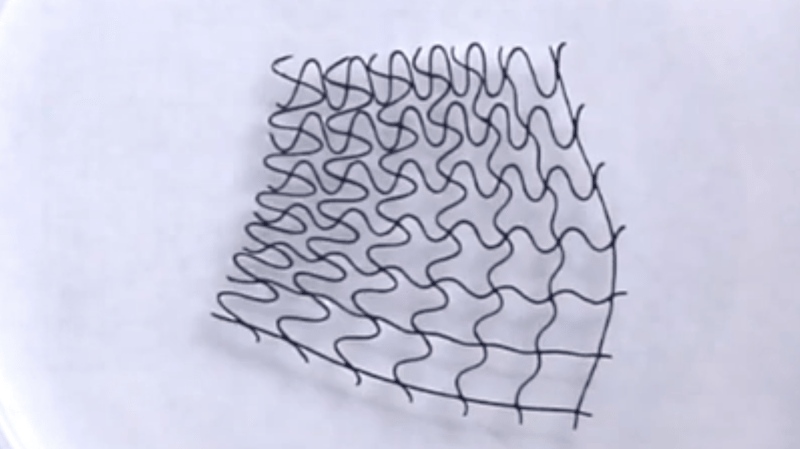
North Carolina State University researchers created flexible 3D printed mesh structures which are controlled by magnetic fields. They can grab objects, carry water droplets, and expand and contract while floating on water.
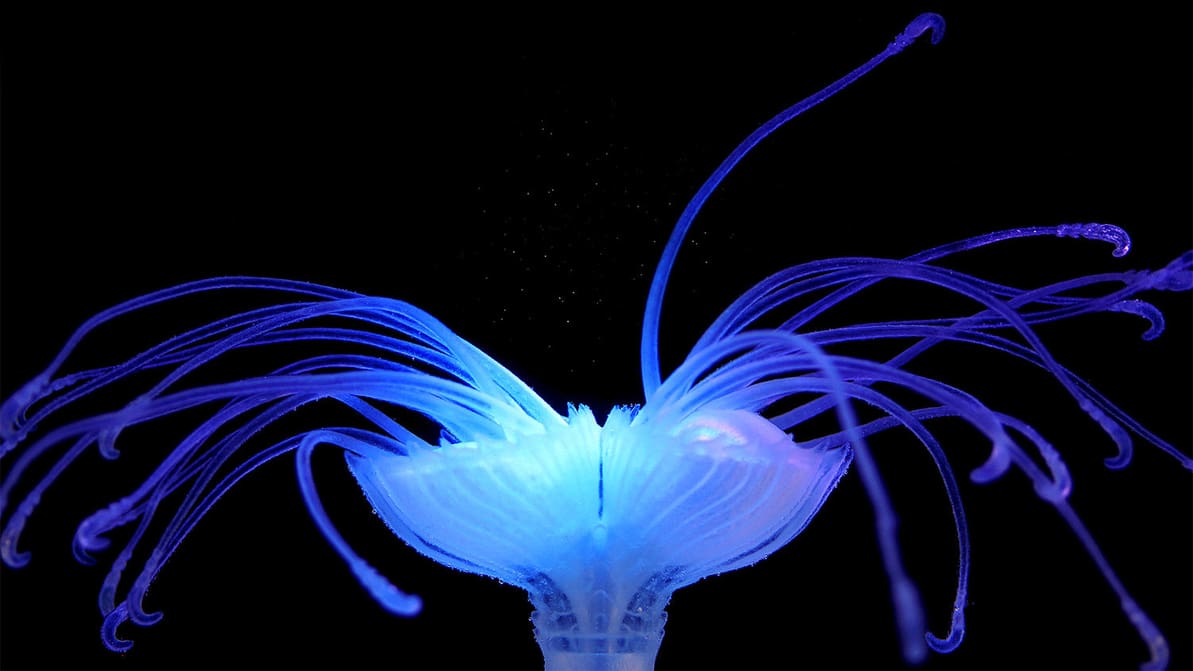
Industrial designer Nicole Hone has created a collection of 'Hydrophytes', which are futuristic, aquatic plants that are made with multi-material 4D printing technology.
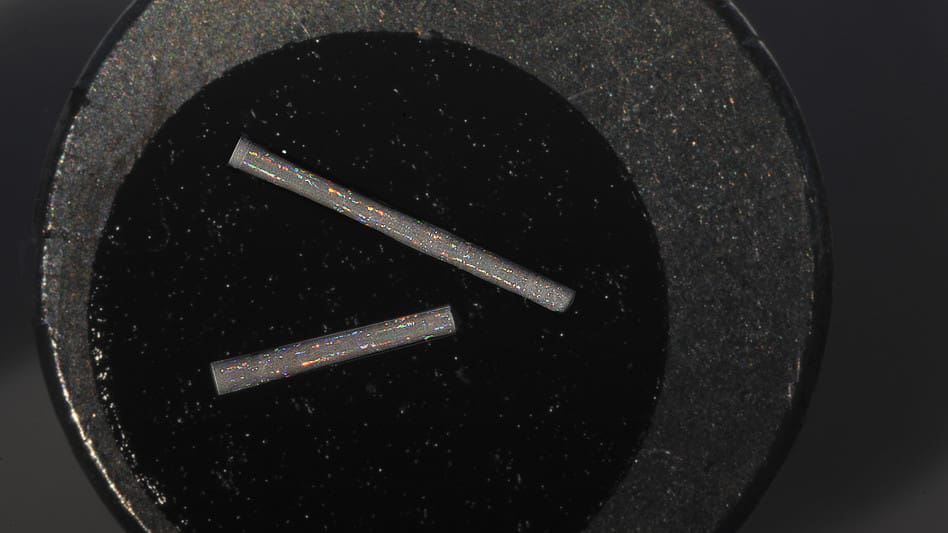
Engineers from MIT developed a new technique called the direct-write colloidal assembly process. It can build centimeter-high crystals made from billions of individual colloids. They did this by uniting the principles of 3D printing and self-assembly.

With just the wave of a magnet, MIT researchers can control soft 3D printed structures and make them complete a range of movements, such as crawling, rolling up or jumping. The engineers believe this technique could be used for "promising applications" in biomedicine.
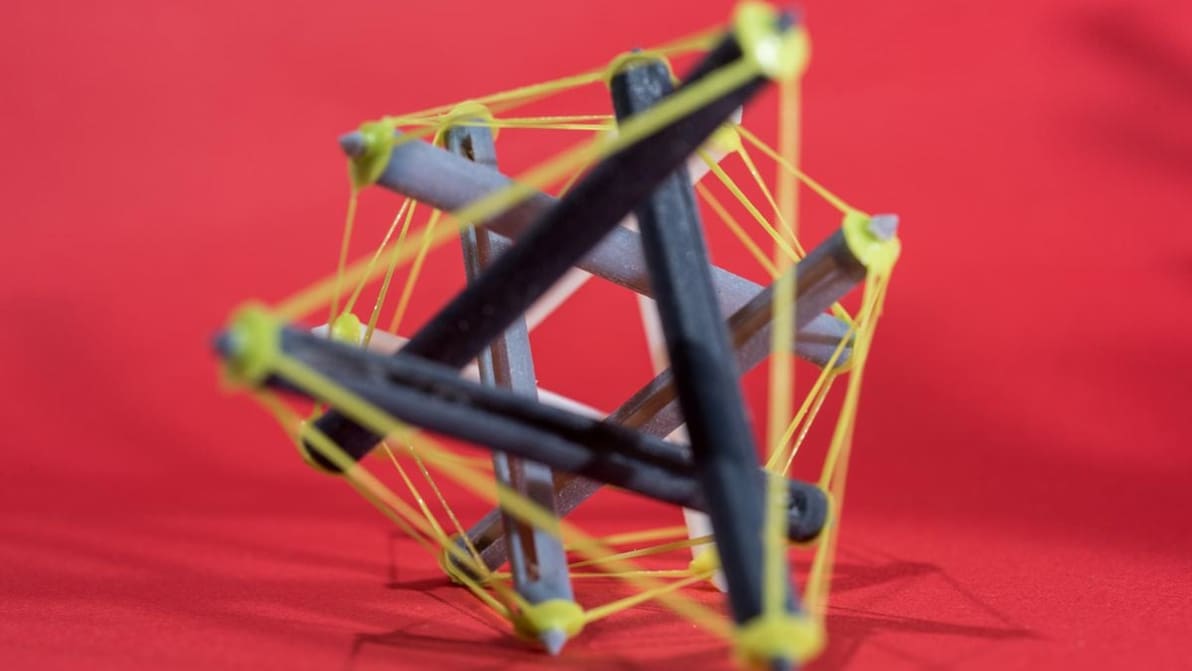
Researchers from the Georgia Institute of Technology developed tensegrity structures using 3D printers. The 3D printed objects dramatically expand when exposed to heat in a process which is also known as 4D printing.
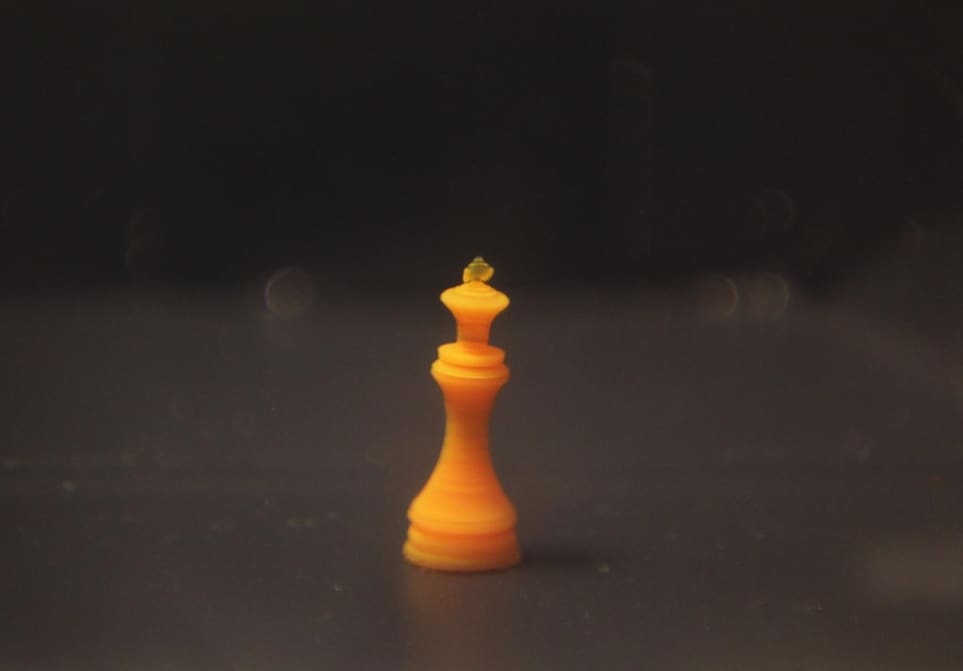
Engineers at Rutgers, the state university of New Jersey, and the New Jersey Institute of Technology have developed a 4D printing method which may find application in tissue engineering and targeted drug delivery systems.
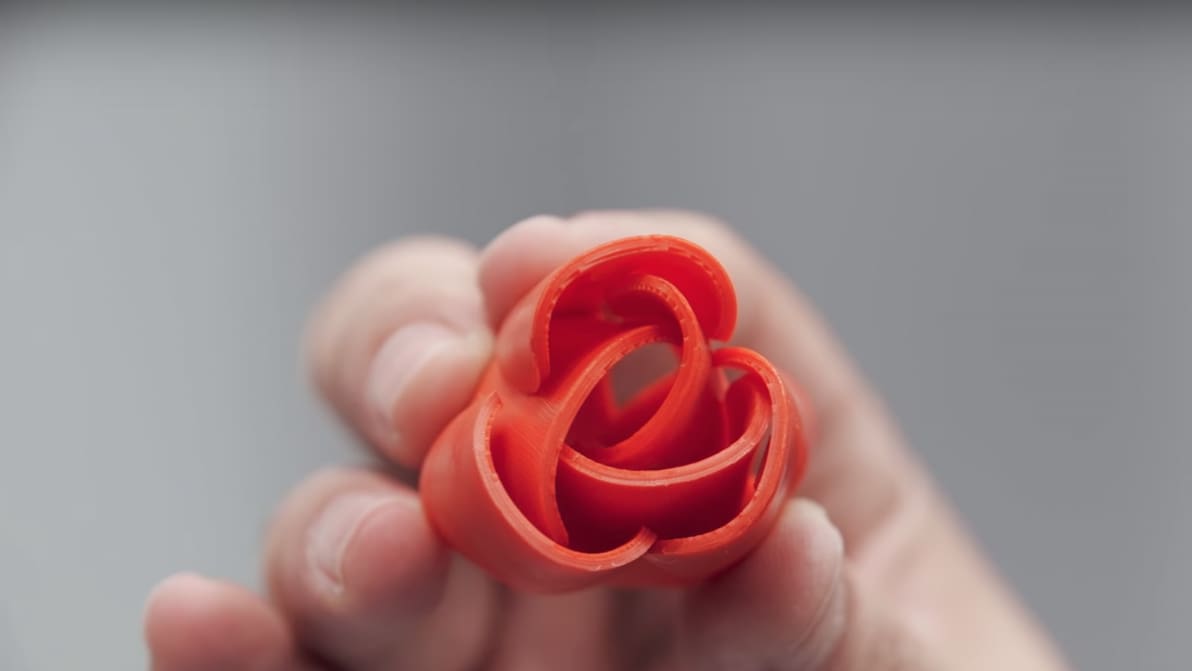
Researchers from TU Delft have developed self-folding origami-style 3D structures using sequential shape shifting mechanisms.
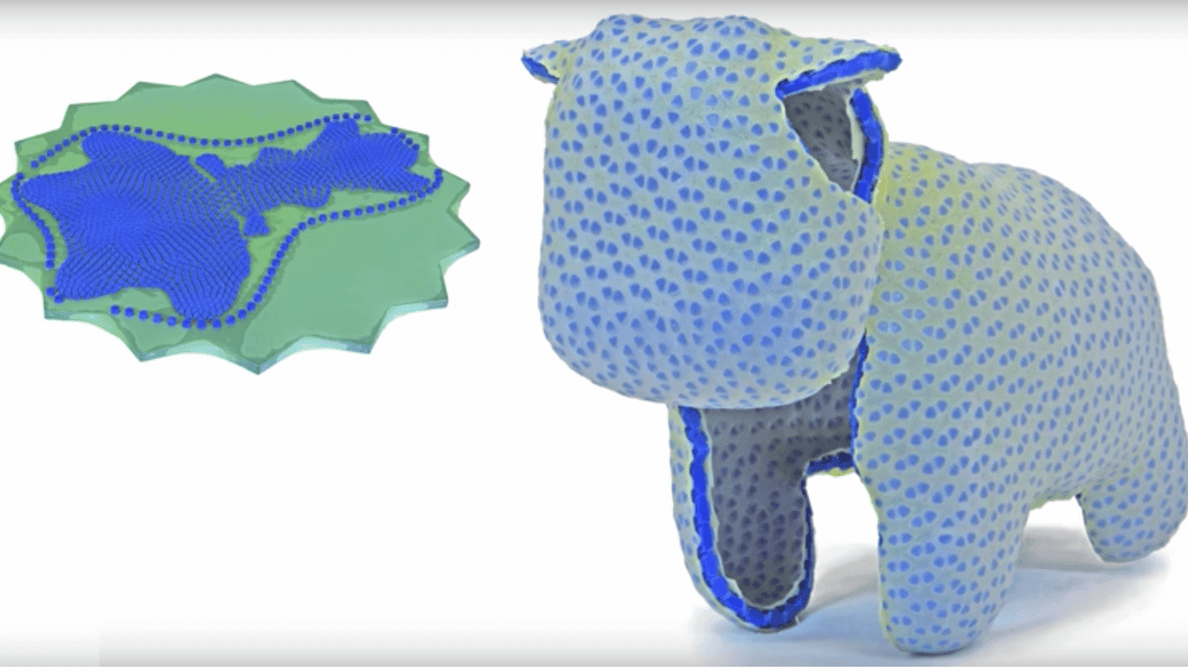
Austrian researchers have developed a process to create objects that can self-transform from 2D to 3D without external influence.
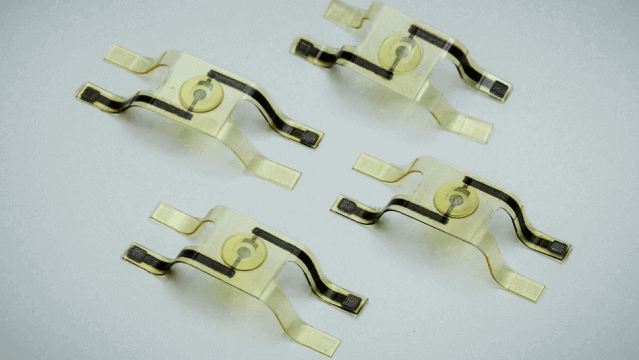
MIT researchers develop 3D printable expanding polymer structure that will fold itself up as soon as it's peeled off the print bed.

Researchers from several institutions have developed shape-shifting 4D prints which can permanently transform when heated up.